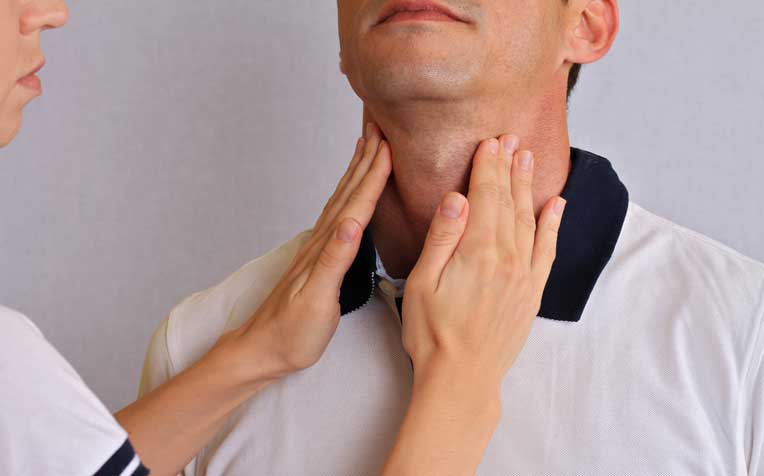Are you so scared of going to the dentist to have your teeth cleaned that you would rather endure the agony of a toothache? Well, sedation dentistry is the lasting solution in relieving you of this anxiety. This procedure involves the use of sedation and anesthesia to reduce your discomfort during dentist visits. This article will educate you on why you should have your sedation dentistry procedures done by Harleen Grewal DDS.
Table of Contents
Sedation Dentistry: Definition
Sedation dentistry – Sometimes known as “sleep dentistry”– is a treatment procedure where medication is used to help patients relax during their dental visits. During the process, some patients are usually awake while others are put under general anesthesia. The common levels of sedation used on patients include:
- Minimal sedation– The patient is awake but relaxed.
- Moderate sedation– Also called conscious sedation. The patient is likely to slur their words when speaking and not remember much of the procedure.
- Deep sedation– The patient is partly conscious and partly awake.
- General anesthesia– The patient is completely unconscious.
Types of Sedation Used in Dentistry
Besides the medication you receive, your dentist will also administer a local anesthetic to relieve you from any pain and discomfort during the procedure. Some of the common types of sedative medication you might receive are:
Oral Sedation
Oral sedation typically ranges from minimal to moderate. For minimal oral sedation, you will take a pill about an hour before the procedure that will make you drowsy. Moderate oral sedation involves taking a much larger dose of a similar pill with more potent effects.
Inhaled Minimal Sedation
For inhaled minimal sedation, your dentist will control the amount of nitrous oxide combined with oxygen you breathe through a mask placed over your nose. This type of sedation tends to wear off quickly, and you can drive yourself home after the procedure.
Deep Sedation and General Anesthesia

Deep sedation and general anesthesia are often administered to patients who prefer to be deeply asleep during the procedure. This is because, with general anesthesia, you cannot be easily awakened unless the effects of the anesthesia are reversed with medication.
Is Sedation Dentistry for You?
If you have a real fear or anxiety that prevents you from going to the dentist, then sedation dentistry is appropriate for you. Moreover, sedation dentistry also could be ideal for other people who:
- Have a bad gag reflex.
- Have a low pain threshold.
- Have very sensitive teeth and gums.
- Require a significant amount of dental work completed.
- Cannot sit still during the procedure.
Is Sedation Dentistry Safe?
Sedation dentistry is safe if it is administered by a qualified, trained, and approved dentist. However, patients who are obese or have obstructive sleep apnea should consult with their dentist before signing up for sedation as they might experience complications. Furthermore, in children, oral sedation must be done at the recommended dose for the child’s age and weight. It should also only be done by pediatric dentists specifically trained to give children oral sedation.
Conclusion
For any of your sedation dentistry procedures, make sure to consult Harleen Grewal, a board-certified pediatric dentist at Skyline Smiles. The highly skilled team at this center provides top-notch dentistry services to children and adults in Santa Clarita, guaranteeing you a safe, effective, and comfortable treatment procedure.











![Resolved [pii_email_6b2e4eaa10dcedf5bd9f] Outlook Error Resolved [pii_email_6b2e4eaa10dcedf5bd9f] Outlook Error](https://healthadviceweb.com/wp-content/uploads/2020/11/Resolved-pii_email_6b2e4eaa10dcedf5bd9f-Outlook-Error-1-150x150.png)


